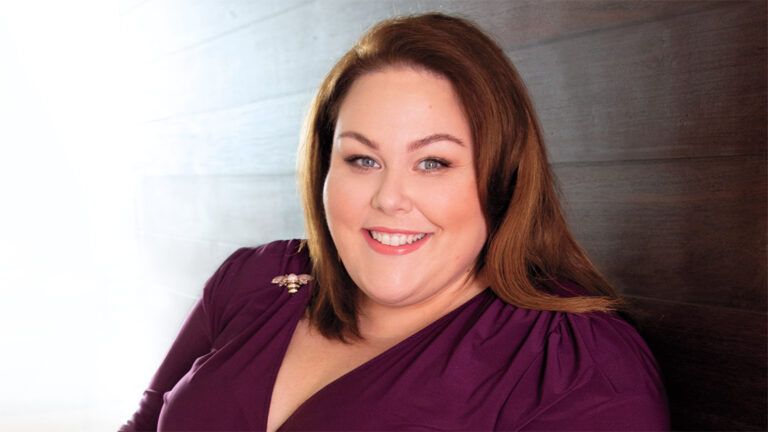The name Gretchen Rubin has become synonymous with happiness. After leaving her successful law career behind, Rubin went on a personal mission to add more joy to her life. The result was The Happiness Project, a bestselling book, as well as several follow up books and a podcast Happier with Gretchen Rubin.
Rubin’s newest book, Outer Order, Inner Calm: Declutter and Organize to Make More Room for Happiness applies her down-to-earth, practical style to decluttering. Rubin spoke with Guideposts.org about the importance of outer order, why we should stop trying to organize and how to find a decluttering method that works for you. Here are six of Rubin’s best decluttering tips:
1. Outer order matters
One of Rubin’s “secrets of adulthood” is that decluttering is about much more than aesthetics.
“We can all agree that in the context of a happy life, something like a crowded closet or a messy desk is inconsequential,” Rubin said. “And yet for most people…outer order does contribute to inner calm.”
Rubin said that when people feel in control of their physical space, they feel more in control of their life in general. As she wrote in Outer Order, Inner Calm, “By getting rid of the things I don’t use, don’t need, or don’t love…I free my mind—and my shelves—for what I truly value.”
2. Don’t get organized
Rubin’s second tip might sound counterintuitive, but she has found that for most people, organizing does not lead to inner calm.
“Often when people want to get organized they run out to the store and they buy filing cabinets and strange kinds of hangers and binders,” Rubin said. “A lot of times they’re just buying stuff for their stuff to jam more clutter into place.”
Instead of trying to organize your belongings, Rubin recommends asking yourself: Do I even really want this?
3. It doesn’t have to happen all at once
Rubin emphasized that decluttering doesn’t have to be finished in a day or even a weekend.
“We underestimate what we could do if we did a little bit consistently over the long term,” Rubin said.
Setting aside thirty minutes a day to work on clearing your space can make a huge difference in the long run.
“If you just start and keep up, you will be surprised how much progress you can make in a fairly limited amount of time,” Rubin said.
4. Manage decision fatigue
One thing that Rubin has noticed prevents people from effective decluttering is decision fatigue. Making decisions about what to keep, toss or donate is draining, and after a long day at work or caring for loved ones, can seem impossible.
“I don’t think you can avoid the decision fatigue,” Rubin said. “But you can manage it.”
An easy way to manage decision fatigue is to adopt a test. Marie Kondo uses the “does is spark joy?” test. Rubin likes to ask “Does this energize me?” Simplifying the decision-making process to a yes or no question can remove some of the trepidation people experience when thinking about decluttering.
5. Ask yourself these three questions
Rubin’s second set of questions for determining if an item should stay or go is simple. Ask yourself: Do I need it, use it or love it?
“If I don’t love it, use it or need it then that’s what I get rid of,” Rubin said.
Rubin doesn’t find it helpful to stick to rules like “if you haven’t used something in one year, throw it out” because there are items—like ski pants or evening clothes—that may not be used regularly, but are useful. Instead, ask yourself if you use the item in question for its intended use when the opportunity arises.
The “need it” category is for things necessary for your home to function and the “love it” category is for those things that have sentimental value, but may not be useful. If an item isn’t needed, loved or used—put it in the giveaway pile.
6. Reality check with a photo
When you live in a space it can be easy to become blind to the clutter. One way Rubin suggested to open your eyes to the true state of your space is to take a picture.
“Taking a photograph can be helpful because then [you can ask] does this look like an orderly desk? Is this where I want to work?” Rubin said.
7. A simple trick to maintaining order
Once you’ve cleared your space, Rubin advised adopting the “one minute rule” to keep your space clear. The idea behind the rule is simple: if you can do something in less than one minute, don’t put it off, do it now.
“If you can file a piece of paper in less than a minute go ahead and file it,” Rubin said. “If you can hang up your coat, go ahead and hang it up instead of throwing it over a chair.”
These might seem like small things, but over time, Rubin said they are big contributors to keeping your space decluttered—and maintaining inner calm.






